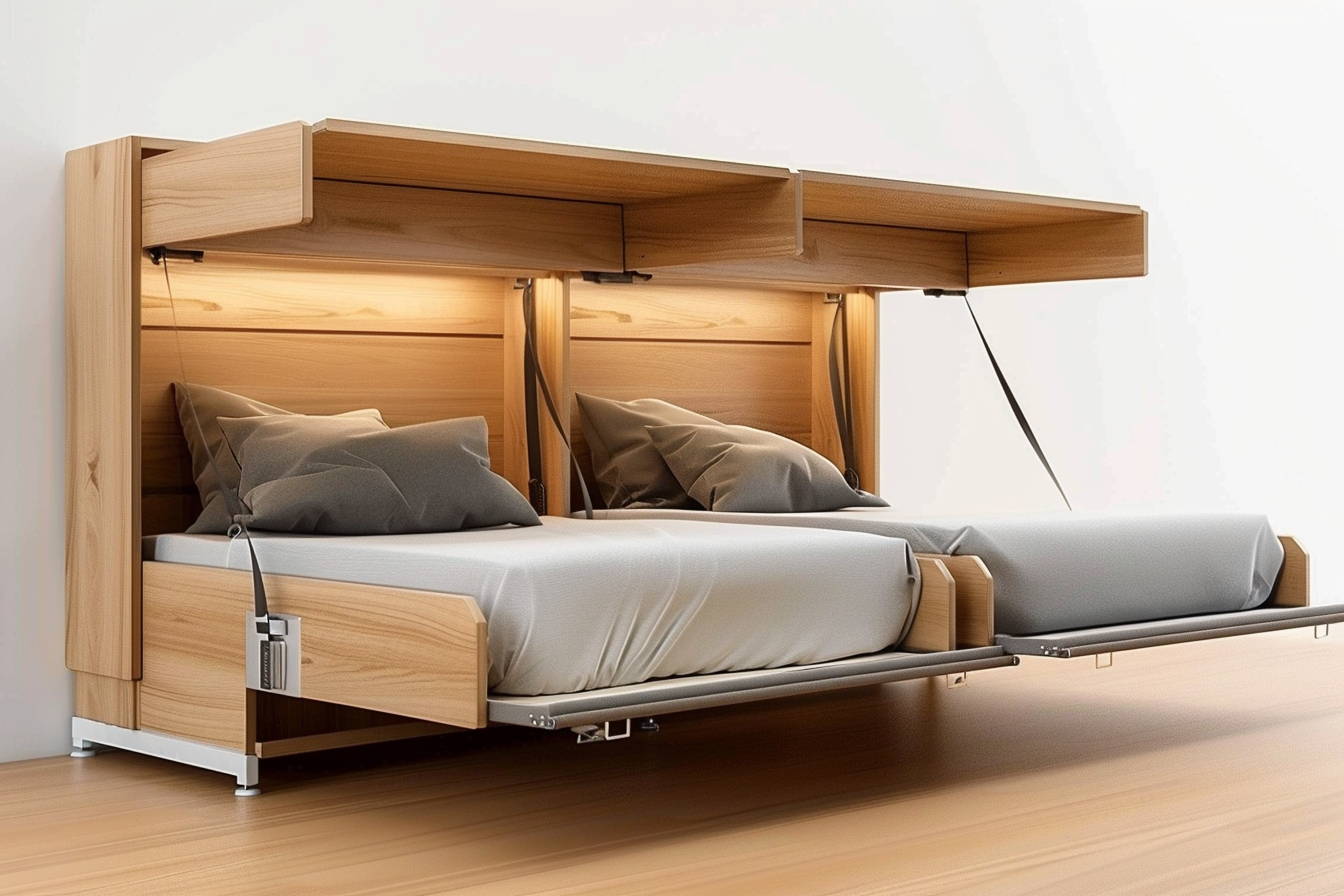Folding Beds: A Complete Guide to Space-Saving Sleep Solutions
A folding bed represents the perfect fusion of functionality and space efficiency in modern living. These versatile pieces of furniture serve as practical solutions for homes where space is at a premium, offering comfortable sleeping arrangements that can be easily stored when not in use. From occasional guest accommodations to daily use in studio apartments, folding beds have evolved to meet diverse needs while maintaining comfort and convenience.

Key Features to Consider When Choosing a Folding Bed
The mattress quality stands as a crucial factor in folding bed selection. Most models come with memory foam or innerspring options, typically ranging from 4 to 8 inches in thickness. Frame durability, weight capacity, and ease of operation also merit careful consideration. Look for models with smooth opening mechanisms and safety locks to prevent accidental closure during use.
Size and Space Requirements
Folding beds come in various dimensions to accommodate different spaces. Standard sizes include twin (38 x 75 inches), full (54 x 75 inches), and queen (60 x 80 inches). When selecting a folding bed, consider both the extended dimensions and the folded footprint. Remember to account for clearance space needed for opening and closing the bed.
Common Applications and Use Cases
These versatile pieces serve multiple purposes across different settings. In homes, they provide guest sleeping arrangements without dedicating permanent space to a bed. Office environments utilize them for employee rest areas or emergency accommodations. Healthcare facilities often keep folding beds on hand for family members staying with patients. Small apartments and studio spaces benefit from their space-saving capabilities for daily use.
Maintenance and Care Requirements
Proper maintenance ensures longevity and reliable operation. Regular inspection of hinges, locks, and moving parts helps prevent mechanical issues. Mattresses should be rotated periodically and cleaned according to manufacturer specifications. When not in use, store the bed in a dry area and consider using a cover to protect against dust and debris.
Market Options and Price Considerations
| Bed Type | Average Price Range | Key Features |
|---|---|---|
| Murphy Bed | $800 - $3,000 | Wall-mounted, various finishes |
| Rollaway Bed | $100 - $400 | Portable, wheels included |
| Cabinet Bed | $1,000 - $2,500 | Furniture appearance, self-contained |
| Ottoman Bed | $200 - $600 | Dual-purpose design |
| Japanese Folding Bed | $150 - $400 | Ultra-compact storage |
Prices, rates, or cost estimates mentioned in this article are based on the latest available information but may change over time. Independent research is advised before making financial decisions.
The evolution of folding beds continues to advance with innovations in design and materials. These space-saving solutions offer practical answers to contemporary living challenges while maintaining comfort and functionality. Whether serving as a permanent sleeping solution or occasional guest accommodation, folding beds remain an invaluable option for maximizing living space.






